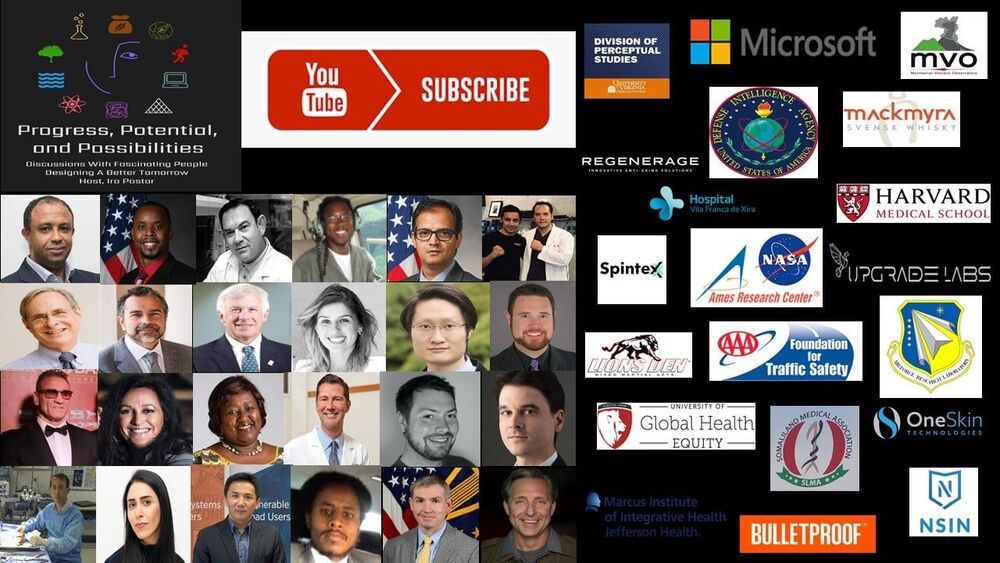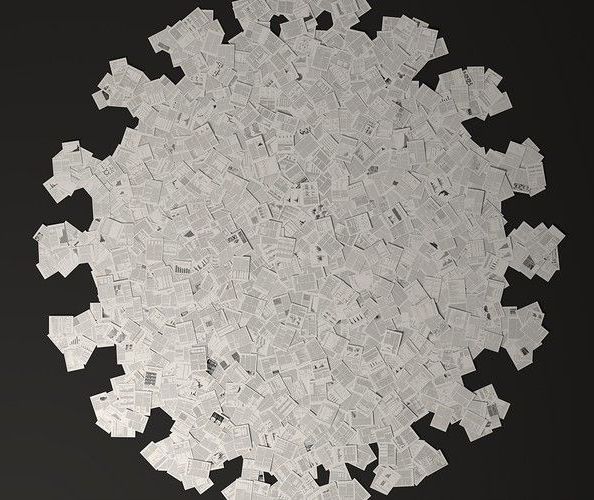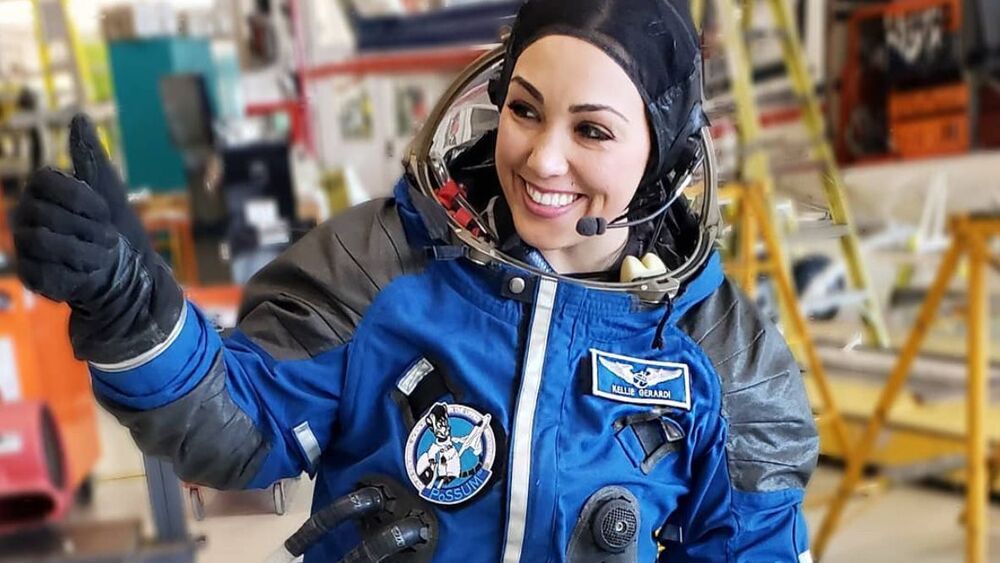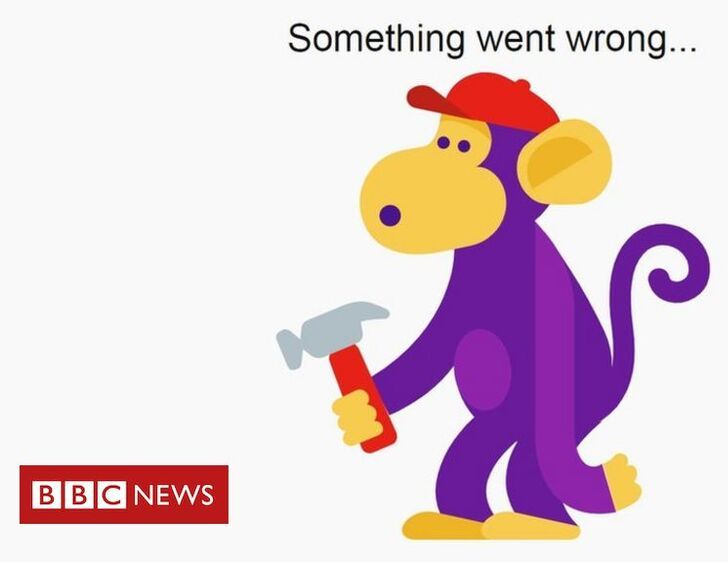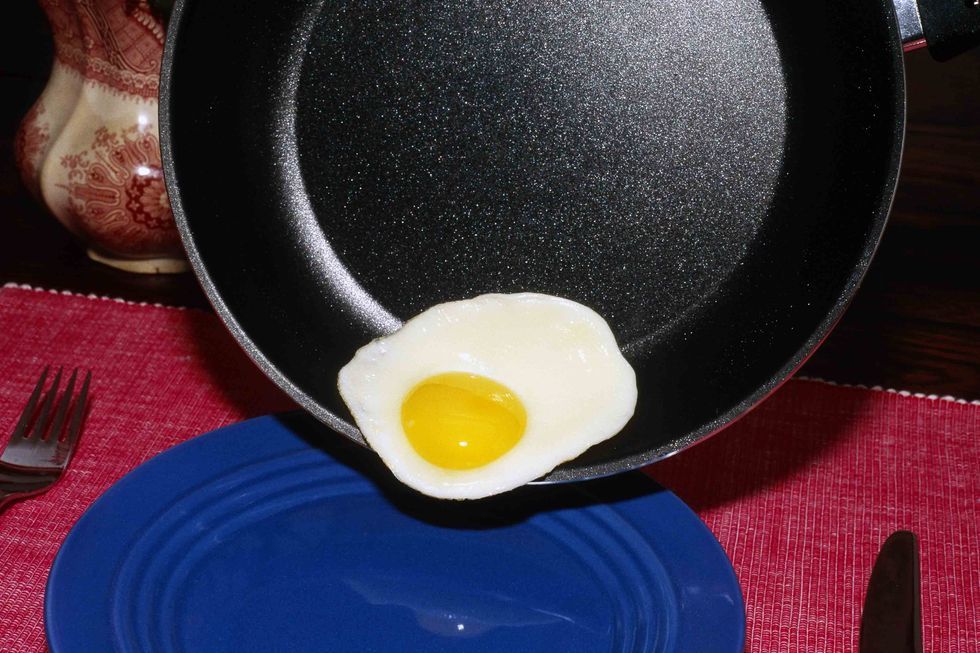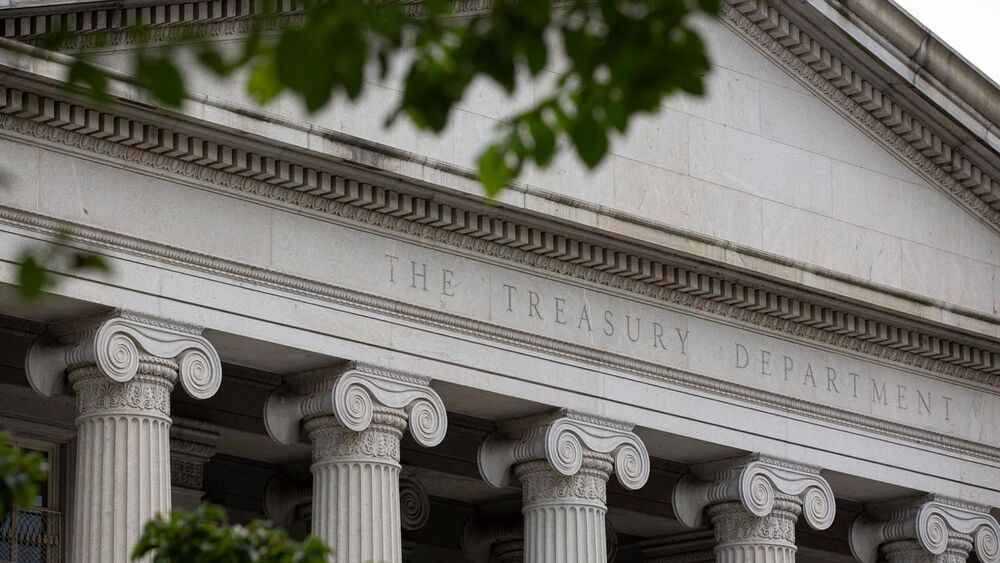Potential, And Possibilities is off to a great start — Three weeks in and 25 awesome guests from academia, industry, and government, all focused on building a better tomorrow — Please come subscribe and enjoy all our current and future guests — Much more to come! — #Health #Longevity #Biotech #SpaceExploration #ArtificialIntelligence #NeuroTechnology #RegenerativeMedicine #Sports #Environment #Sustainability #Food #NationalSecurity #Innovation #Future #Futurism #AnimalWelfare #Equity
Progress:
Posted in biotech/medical, government, neuroscience, space travel
